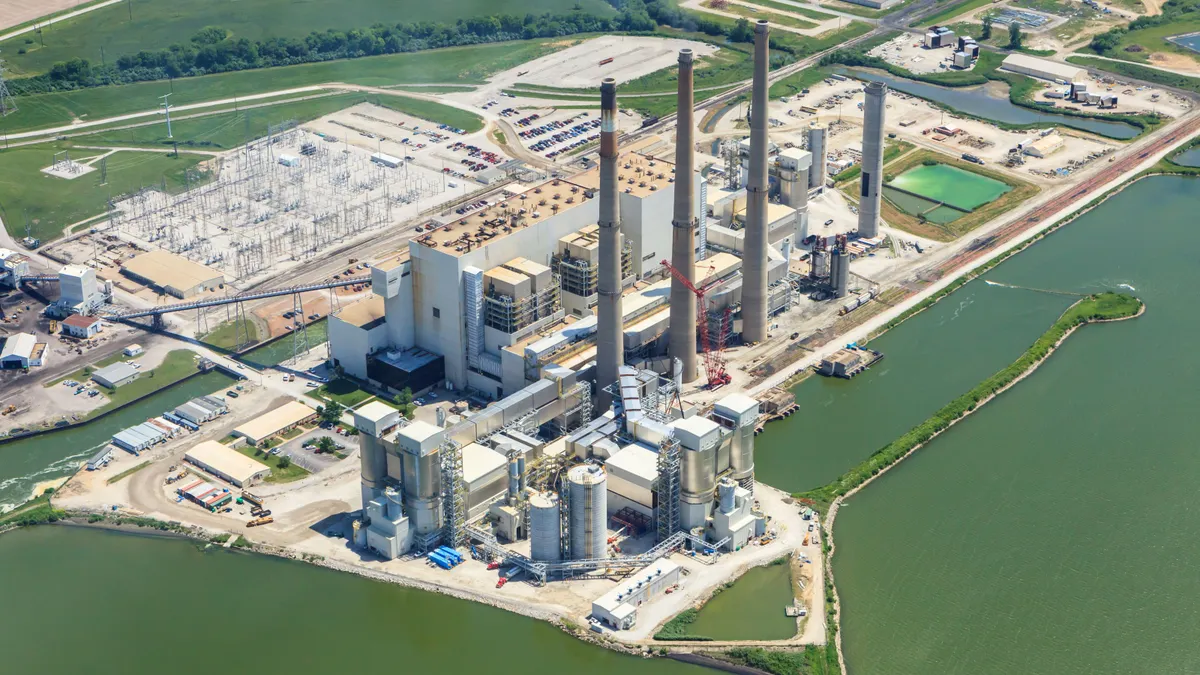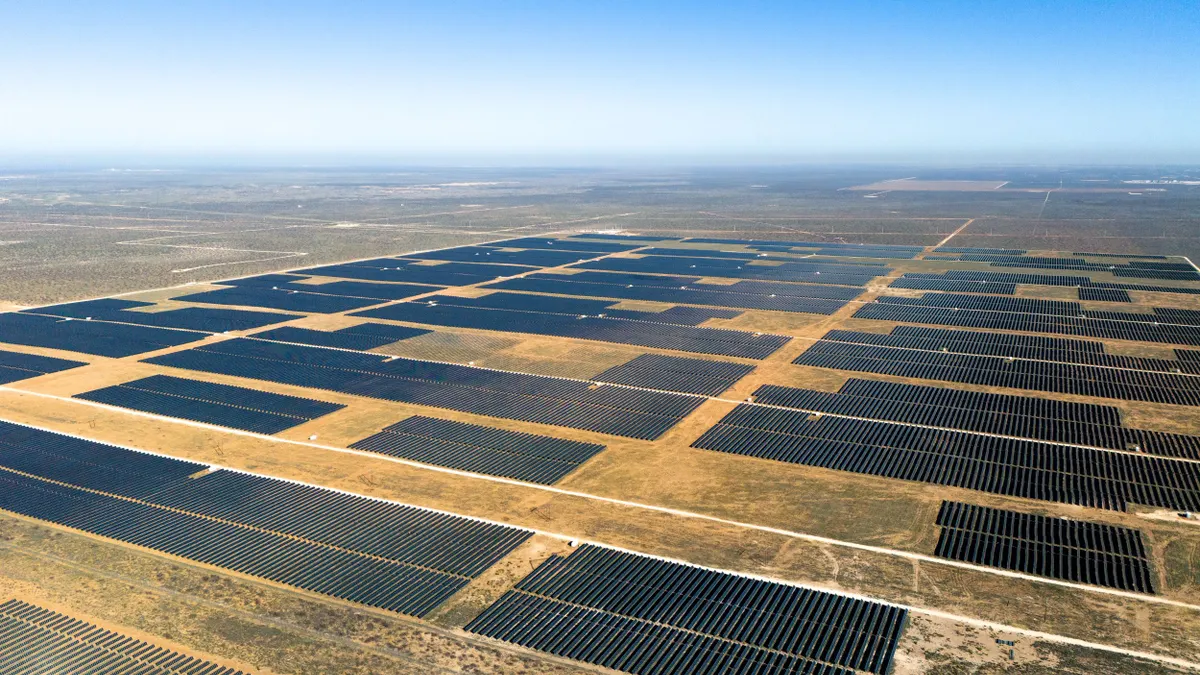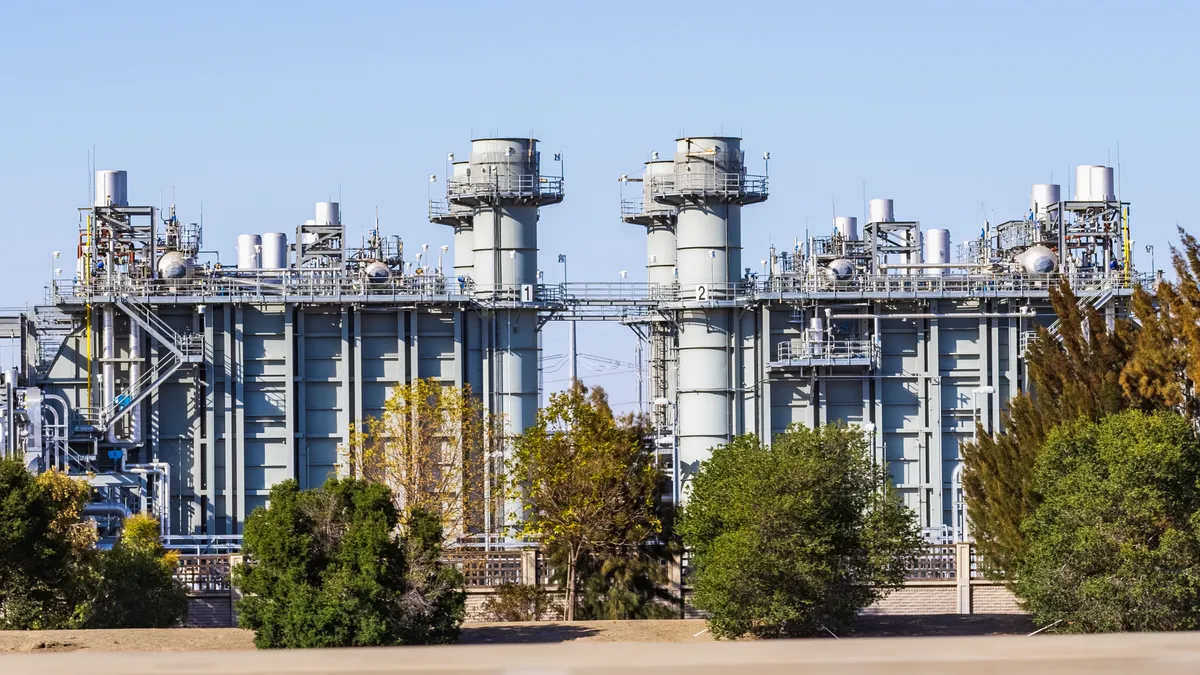The following is a contributed article by Steven Burns, a partner in the Environmental and Natural Resources practice at Balch & Bingham
"There's only one safe way to close an ash pond. You have to dig up all the ash and dispose of it somewhere else."
That's a popular view among some environmental advocacy groups. But in reality, it is not true, nor is it a statement of engineering, geology or any other technical or scientific discipline. It's simply rhetoric.
Let's walk through how to evaluate coal ash storage properly and, along the way, establish some general principles that usually prove true in the context of coal ash.
There is no one-size-fits-all approach to closing coal ash ponds. If we want this analysis to go deeper than a bumper sticker, we need to understand that every ash pond is unique.
A meaningful analysis of closure options and corrective action begins with investigations to determine the local geology and hydrology as well as the volume, type and configuration of coal ash. Without this information, you're shooting in the dark.
This is why both the Obama and Trump EPA have allowed for coal ash sites to be closed via two methods — closure in place and closure by removal. Both are equally protective and allow for plant operators to invest their resources into the appropriate method of closure for their unique sites.
In EPA's words, "both methods of closure (i.e., clean closure and closure with waste in place) can be equally protective, provided they are conducted properly" (80 Fed. Reg. at 21,412). EPA left that decision to the facility.
More recently, when once again asked when to close in place or by removal, EPA declined to specify any circumstance that would compel closure by removal.
A hazardous waste?
But isn't coal ash a hazardous waste, environmental advocacy groups ask. It is not. This common misconception pointedly proves why it is important to understand what is meant by "hazardous" waste.
Under the Resource Conservation and Recovery Act (RCRA), a waste is hazardous in either of two circumstances. EPA may specifically designate a particular waste as such, or it may exhibit one of four characteristics — toxicity, reactivity, corrosivity or ignitability — based on tests established by EPA.
However, after careful consideration, EPA under the Obama Administration determined that coal ash is a non-hazardous, solid waste (80 Fed. Reg. at 21,303; 21342-47).
Similarly, the phrase "toxic coal ash" is oft-repeated by environmental advocacy groups and the media, but as a matter of fact, as disposal material goes, it is homogenous and straightforward to manage.
Compare coal ash to ordinary garbage going to the typical municipal landfill. Whereas coal ash is inert, and its constituents are relatively stable, household waste includes organic materials that emit gases like methane as they decay, as well as any number of natural and artificial chemicals with varying characteristics and degrees of volatility.
By definition, then, coal ash disposal poses less risk than a hazardous waste. And yet, even in the case of hazardous waste, EPA's regulations do not purport to dictate specific response methods, such as which corrective measures to implement or compulsory closure by removal.
Despite the fervent belief held by some that closure by removal is the only option, it is worth noting that this method presents challenges of its own.
Throughout the closure by removal process, the volume of ash handled will exceed the total quantity in the unit, because some ash must be double-handled to grade and shape work space and to create roads for ingress and egress. And of course, the ash has to go somewhere, by some means.
That translates to years, if not decades, of heavy truck traffic in the community, which brings its own impacts to air quality, local roads and local traffic. It also consumes landfill space, which accelerates the need for regional landfill siting and construction and the environmental impacts that entails.
By contrast, with a typical closure in place, a facility owner may excavate a portion of the pond in order to create a smaller disposal footprint, which helps to reduce the amount of work necessary for long term oversight and management. Depending on the site, that might also offer an opportunity to excavate the ash at lower elevations (closer to the water table) and redeposit it on higher ground.
In any event, only a fraction of the ash is subject to active handling.
Groundwater protection required
Regardless of closure method, compliance with groundwater protection standards is not optional.
Facilities closing coal ash sites must follow a methodical procedure mandated by the EPA in which they evaluate the constituents of concern, study the local geology, and identify feasible ways to address groundwater issues. The methods ultimately chosen must achieve groundwater protection within a reasonable time compared to other, available options.
The corrective action process is where the facility determines how to accomplish groundwater protection. That outcome may be possible whether closing in place or by removal, depending on what the site-specific analysis shows.
In short, there is no substitute for the hard work necessary to evaluate the site and identify solutions. The best available information and analysis could lead the facility either way on its closure decisions.
In every case, however, whether securely closing in place or by removal, following the process — not jumping to preordained conclusions — ensures an outcome that is better informed and better tailored to the site. Regardless of the closure method, the facility must and will protect human health and the environment and comply with groundwater standards.





















